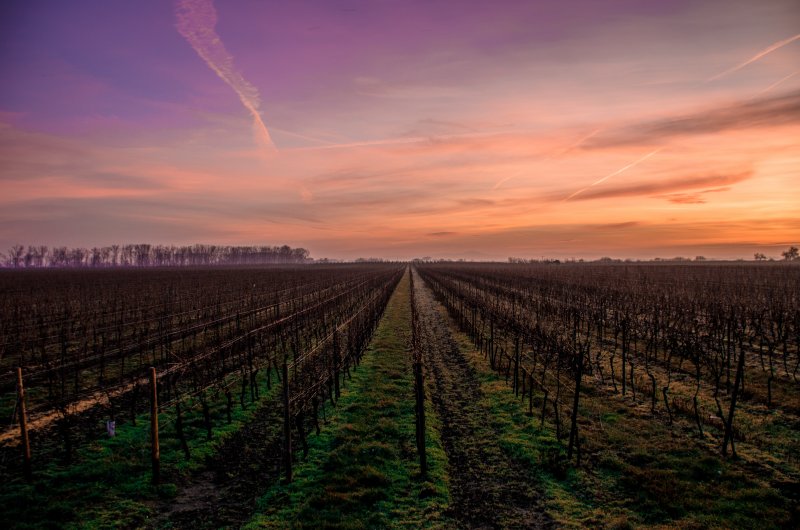Among greenhouse gases, ozone holds the distinction of being better known for its Earth-saving potential rather than the environmental threats it poses. Understandably so, since we’ve always known the ozone layer as our planet’s protective sheath from ultraviolet radiation.
But the ozone that exists in the Earth’s lowest atmospheric layer is a different breed of gas: It is actually one of the most toxic air pollutants that has been causing significant damage to agricultural crops worldwide. In fact, evidence of the phytotoxic (toxic to plants) impacts of ozone point to the idea that ozone pollution is currently one of the most pressing threats to global food security.
The urgency of the threat has less to do with changes in ozone levels (which have in fact doubled since pre-industrial times) and more with the phenomenon’s site of occurrence: The regions that have seen a substantial rise in ozone levels include China and India, which are two of the most important sites for global agriculture and food production.
The ozone concentrations in these regions are severe enough to affect crop growth, yield, and physiology—the implications of which include an increased vulnerability to food insecurity. Last year, the production of wheat and rice in India were found to have suffered yield losses of about 14 and 6 percent, respectively, due to rising ozone levels.
Faulty crop production coupled with poverty further complicates the problem of food security.
Unless steps will be taken to significantly reduce ozone emissions, this trend of ozone-induced crop reduction is bound to continue until 2030. Part of this environmental agenda includes turning our attention to the places where this is happening. It is the agricultural hubs that are at risk. That these places also happen to be developing countries only adds to the severity of the problem.
Faulty crop production coupled with poverty further complicates the problem of food security. That is to say, not only do high ozone levels put these countries (and its many agricultural trade partners) at risk of facing eventual food shortage, it also means these places are bound to soon experience its [food shortage’s] socioeconomic implications via changes in farm incomes, food prices, and nutritional access.
A 2013 study reports that farmers are starting to experience such burdens in the form of increased debts and excessive workloads. With that, we all need to be reminded that while they (and other members of the agriculture industry) are instrumental in dealing with issues in food security, consumers and policymakers have a hand in it, too.


